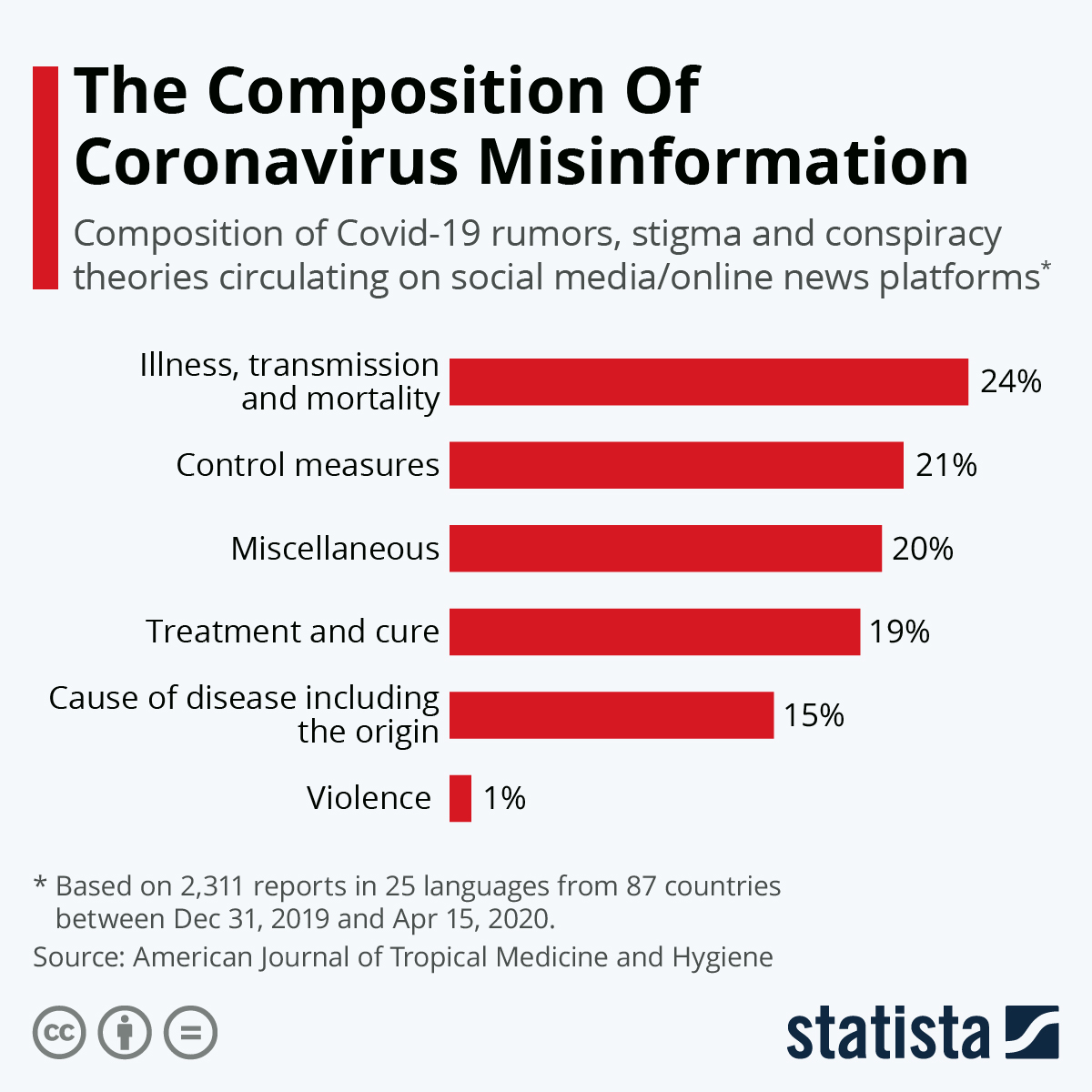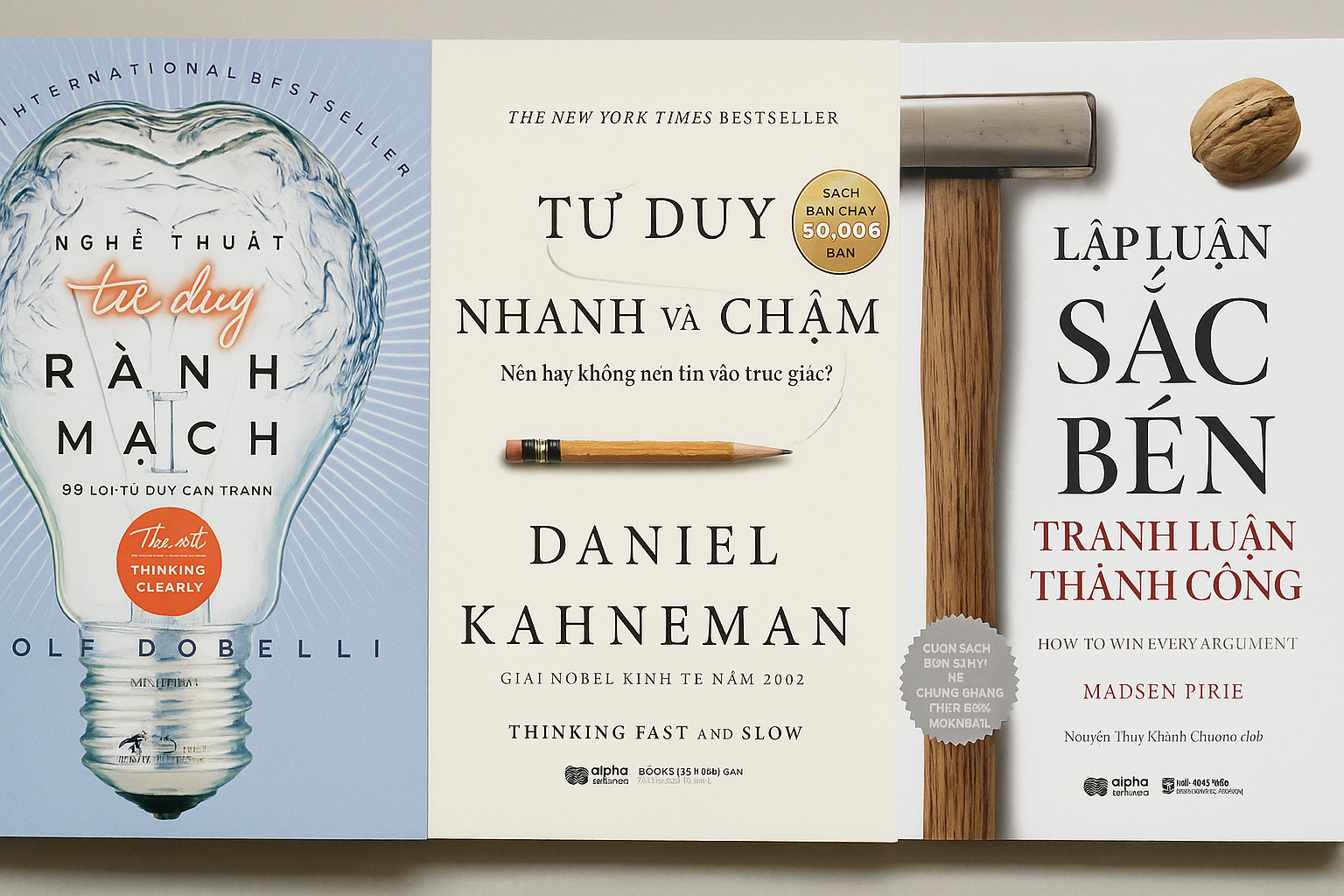Critical Thinking: A powerful tool for Work and Life
Date: 2025.08.14
Critical Thinking: A powerful tool for Work and Life
Every day, we make hundreds of decisions – from simple decisions, like choosing what to have for breakfast, to significant choices in work and life. However, have you ever wondered whether these decisions are truly sound? Have you ever felt deceived by information on social media, or made a choice you later regretted?
This is where critical thinking becomes an essential skill. It not only helps us filter information intelligently but also serves as the key to success in today’s information explosion era.
What is Critical Thinking?
Critical thinking can be simply understood as the ability to analyze, evaluate, and think systematically about any issue before drawing conclusions. Rather than accepting everything at face value, people with critical thinking will ask “Why?”, “How?”, “Could there be different perspectives?”, and “Where’s the evidence?”.
Unlike negative criticism, critical thinking is a constructive and positive process. It helps us not only identify weaknesses in an argument but also better understand the essence of issues, thereby developing better solutions.
Why is Critical Thinking so important?
In the Era of information overload
We live in an era where millions of pieces of information are created and shared daily. Among them, there’s no shortage of misleading, biased, or unverified information.
For example, during the COVID-19 pandemic, misinformation about vaccines spread rapidly across social media platforms in 2020-2021. The World Health Organization (WHO) had to create the term “infodemic” to describe the situation where misinformation spread faster than the virus itself. People with critical thinking were able to distinguish accurate information from credible sources and unfounded rumors without scientific basis.
In modern work environment
Employers increasingly value critical thinking because it helps employees:
– Solve problems more effectively
– Make decisions based on data and logic
– Avoid costly mistakes
– Be creative and innovative in work
Core components of Critical Thinking
1. Ability to analyze information
This is the first and most important step. Instead of receiving information passively, you need to learn how to:
– Identify the source of information
– Distinguish between facts and opinions
– Recognize potential biases
– Evaluate the credibility of sources
For example, when reading an economic article, a person with critical thinking will pay attention to whether the author has expertise in this field, whether the article cites reputable research, and whether opposing viewpoints are mentioned.
2. Asking the right questions
Important questions include:
– “What evidence supports this?”
– “What are the alternative perspectives?”
– “What assumptions are being made?”
– “What are the consequences of this decision?”
– “Who will benefit and who will be harmed?”
3. Recognizing and controlling personal bias
Each of us has our own biases, formed from experience, culture, and education. Critical thinking requires us to recognize and try to control these biases.
One of the most common biases is “confirmation bias” – the tendency to only seek and trust information that aligns with our existing viewpoints. To overcome this, you need to actively seek opposing viewpoints and consider them fairly.
4. Logical reasoning
Critical thinking requires the ability to reason from cause to effect, from premise to conclusion in a reasonable manner. This includes:
– Recognizing logical fallacies in arguments
– Building clearly structured arguments
– Accurately assessing causal relationships
Critical Thinking in Work
In Management and Leadership
A leader with critical thinking won’t make decisions based on intuition or external pressure. They will gather information from various sources, consider potential impacts, and seek opinions from multiple perspectives.
In Problem solving
When facing a complex problem, critical thinking helps us:
– Accurately identify the problem: Instead of just looking at surface symptoms, dig deep into root causes
– Generate multiple solutions: Don’t stop at the first solution that comes to mind
– Evaluate each solution: Consider pros, cons, and feasibility
– Predict consequences: Think about long-term impacts of each solution
In Decision making
A good decision is one made based on complete information and clear logic. Critical thinking helps us:
– Gather information from multiple reliable sources
– Analyze possible options
– Consider risks and opportunities
– Predict possible outcomes
– Have contingency plans for unexpected situations
Critical Thinking in Daily Life
In information consumption
Every day, we’re exposed to hundreds of pieces of information from news, advertisements, and social media. Critical thinking helps us:
– Distinguish real news from fake news
– Recognize propaganda content
– Evaluate the credibility of information sources
– Avoid being influenced by biased information
During the COVID-19 crisis, much misinformation spread on social media about this virus. People with critical thinking knew how to verify this information through official health sources like the Ministry of Health, WHO, and other reputable health organizations.

In personal relationships
Critical thinking doesn’t mean being suspicious of everyone, but rather better understanding others’ motivations and perspectives. This helps:
– Communicate more effectively
– Resolve conflicts fairly
– Build trust based on understanding
– Avoid unnecessary misunderstandings
In personal decision making
From choosing schools, careers, and places to live to financial decisions, critical thinking helps us make choices that better align with our circumstances and goals.
How to develop Critical Thinking
1. Practice asking questions
Start by questioning what you’re thinking, the information you receive, and the decisions you’re about to make. Make asking questions a natural habit.
Practice Exercise: Every time you read an article or watch a video on social media, ask yourself at least 3 questions about the content. For example: “Who wrote this?”, “What interest do they have in conveying this information?”, “Is there any evidence supporting what they say?”
2. Explore different perspectives
When facing an issue, actively seek to understand at least 2-3 different viewpoints. This helps you have a more comprehensive view and avoid getting stuck in a single way of thinking.
Practice Exercise: Choose a current controversial topic (e.g., renewable energy, online education, remote work). Find and read at least 3 articles with 3 different perspectives on this topic. Then, write down the strengths and weaknesses of each viewpoint.
3. Learn to recognize Logical fallacies
There are many types of logical fallacies common in everyday arguments. Some frequently encountered errors include:
– Overgeneralization fallacy: Drawing conclusions for an entire group from a few specific cases
– Ad hominem fallacy: Instead of refuting the argument, attacking the person making the argument
– False causation fallacy: Assuming that because A happened before B, A caused B
– False dichotomy fallacy: Assuming there are only two choices when there are actually many other options
Practice Exercise: For one week, note down instances when you recognize logical fallacies in discussions, articles, or advertisements. This will help you become more sensitive in detecting logical errors.
4. Practice writing and speaking structurally
When you need to present an idea or argument, try to do so in a clearly structured manner:
– State the main viewpoint clearly
– Provide supporting evidence
– Acknowledge limitations or opposing viewpoints
– Draw conclusions based on logic
5. Read quality books and materials
Reading books written by reputable experts will help you encounter systematic and logical ways of thinking. Some recommended books:
– “The Art of Clear Thinking” by Rolf Dobelli
– “Thinking, Fast and Slow” by Daniel Kahneman
– “How to Win Every Argument” by Madsen Pirie

Challenges in applying Critical Thinking
Time pressure
In many situations, we must make quick decisions without enough time for thorough analysis. However, this doesn’t mean we should abandon critical thinking. Instead:
– Prioritize important decisions to spend more time on thorough analysis
– Develop the ability to make quick assessments based on experience
– Have ready “decision-making principles” to apply in emergency situations
Social pressure
Sometimes, asking questions and expressing different viewpoints can create pressure from others. The important thing is:
– Learn to ask questions respectfully and constructively
– Choose the right time and circumstances to express viewpoints
– Remember that the goal is to find truth, not to win arguments
Information overload
When trying to gather too much information, we can suffer from “analysis paralysis” – being unable to make decisions because we keep wanting more information. To avoid this:
– Set time limits for information gathering
– Identify “good enough” information instead of “perfect” information
– Learn to make decisions under uncertainty
Critical Thinking in the Technology age
Artificial Intelligence and Algorithms
As algorithms increasingly determine what we see on social media, the ability to think critically becomes more important than ever. We need to:
– Understand that what appears on our social media feeds may have been filtered
– Actively seek information from various sources
– Recognize when we’re in an echo chamber
Deepfakes and misinformation
Deepfake technology is becoming increasingly sophisticated, making it harder to distinguish truth from falsehood. Critical thinking helps us:
– Always verify the source of content
– Seek confirmation from multiple reliable sources
– Be suspicious of content that’s too “perfect” or shocking
Long-term benefits of Critical Thinking
In Career
– Highly valued in work environments
– Better ability to adapt to change
– Make more effective business decisions
– Become trustworthy leaders
In Personal Life
– Have more genuine and lasting relationships
– Make smart financial decisions
– Avoid scams and misinformation
– Live a meaningful life with clear purpose
For Society
– Democracy functions more effectively
– Quality information is prioritized
– Social problems are solved scientifically and effectively
Polarization and conflict are reduced
Conclusion
Critical thinking is not a skill learned overnight, but a journey of continuous practice. In today’s information explosion world, this is not just a competitive advantage but an essential survival skill.
Start today by asking more questions, exploring multiple dimensions of issues, and being ready to change your perspective when presented with new evidence. The goal isn’t to criticize but to gain a deeper understanding and make better, more informed decisions.






